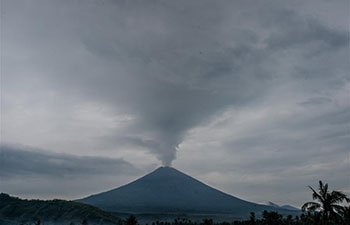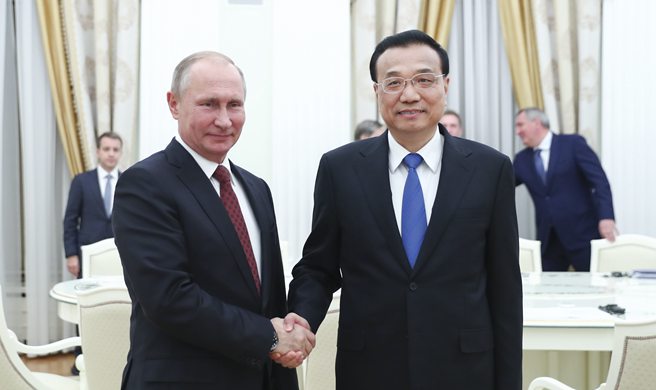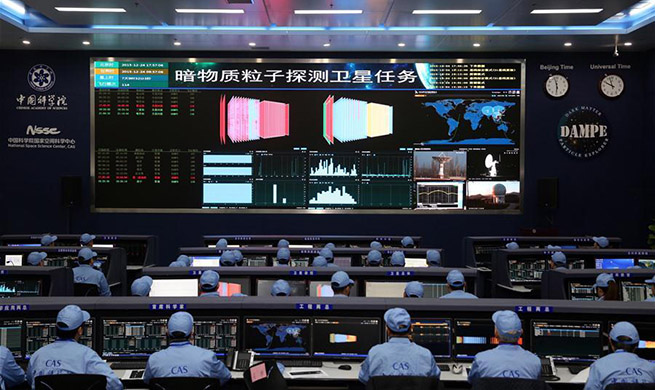SAN FRANCISCO, Nov. 29 (Xinhua) -- U.S. researchers have successfully observed the formation and loss of atomic-scale stripes in a quantum material, which offers insights that may help produce new energy materials, an online report released by the University of California Berkeley (UC Berkeley) said Wednesday.
The researchers from the UC Berkeley-managed Lawrence Berkeley National Laboratory have been using ultrafast laser pulses in studying the material's interactions among the electrons and with the crystal's atomic lattice in the time domain, which highlights the microscopic dynamics of quantum materials.
Interactions between the electrons are a dominant feature of highly correlated quantum materials. The interactive activities of the electrons, such as their complex coupling with each other, lead to charge ordering or high-temperature superconductivity.
The research team, led by Robert Kaindl, a principal investigator and staff scientist at Berkeley Lab's Materials Sciences Division, chose lanthanum nickelate, a quantum material and model stripe compound, as the object in the study.
In their experiments, they hit the material with a near-infrared laser pulse for 50 femtoseconds, and probed with a terahertz pulse with variable time delay.
A femtosecond is one millionth of one billionth of a second.
They used the laser to disrupt the microscopic order and found unexpected dynamics of the material.
"While the laser immediately excited the electrons, the vibrational distortions in the crystal initially remained frozen," said one of the researchers.
He said the stripe-phase vibrations disappeared only after several hundred to a few thousand femtoseconds.
The speed depends on the direction of the interactions, he explained.
"Our study puts a speed limit on how fast such patterns can change," said Kaindl. "It highlights the importance of considering both the spatial and temporal structure" of the interactions that couple electrons to lattice vibrations in the lanthanum nickelate.
Their findings about the microscopic dynamics of the quantum material are expected to benefit the development of new energy materials in the future.



















